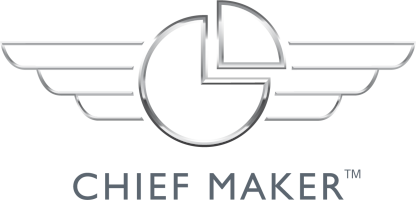
Subscribe to Spotify![]()
In this episode we talk about how to get clarity every day and how that will help you with building self-confidence, beating imposter syndrome and making smart decisions.
Before you start this episode, head over first to episode 65, which explores why imposter syndrome occurs and we go through a starting strategy, and in episode 67, I cover processes for recentering the soul and mind.
The speed and complexity of the modern world is not a natural environment for our brains. It can too easily lead to overwhelm and feeling like you’re a little lost at sea. Our brains are designed for singular focus. By pouring a constant stream of emails, social media, and news onto our normal busy lives, it is a recipe for confusion and a scattergun approach to our work. We simply lose focus.
There are three important methods for creating clarity and focus in your life and career. Having this clarity in your mind is comforting. It helps keep you composed, and when key decisions or events come along, your response is more effective and inspiring.
How to get clarity and focus: 3 methods
1. Diagnostics
The world is full of diagnostics that help people and teams analyse complex systems. The medical profession, personality models, culture surveys and manufacturing plant diagnostics help us rise above the detail and see how things are performing in relation to each other and a benchmark. It’s this higher-level view that is created which is so important. It helps us understand, have clarity and know what to do next.
In every executive coaching engagement I enter into we start with a diagnostic; be it a High-Performance Team survey, 360 feedback or Chief Maker Scorecard. All these provide immediate information to help with a better coaching outcome. This, in turn, rapidly reduces the time to understand a situation. It also gives everyone something to talk about in order to get on the same page and benchmark their performance; this enables both parties to see how the eventual actions that you take improve the overall outcome.
2. Frameworks and Mental Models
The second key element is the analytical frameworks or mental models that you use to understand and respond to the world. When tricky or complex scenarios at work arise, having these frameworks at your disposal allows you to quickly and effectively respond using a proven pathway. They foster calm and ask people to consider all the angles of a given issue or initiative. This might be through simple models like SWOT or a PESTLE analysis. Or you could utilise more details-based approaches like a full Project Management Lifecycle or Six Sigma Analysis.
The more of these you have stored away in your mental arsenal, the better you are able to respond to challenges in the real world. Of course, as you rise up the corporate ladder, the types of models that you need to apply shift more towards strategy development, vision, values, leadership, culture change models, coaching models and financial analysis. The whole game shifts from the technical models that you used early in your career. So you need to re-educate yourself to thrive at the higher levels.
3. Mindmaps & Systems Diagrams
The final tool I use religiously are mindmaps and system diagrams. In the words of business guru Edwards Deming, “If you can’t describe what you’re doing as a process, you don’t know what you’re doing.”
Mindmaps, process maps and more detailed system diagrams allow you to accurately represent a complex system visually so you can stand back and look at the bottlenecks or pain points. Any personal mindmap, business plan-on-a-page or system diagram will immediately allow everyone to have greater clarity and to focus in on the most important pain points for them and the business as a whole.
So there you go; 3 fantastic, tried-and-tested methods on how to get clarity in your life and in your career. When these 3 key methods are combined you’ll grow in comfort in your own ability and that you’re leading a team along the right path. Without these tools, you’ll waste valuable time and energy guessing your next move. Ultimately, that approach can cost you confidence and bring imposter syndrome back to the table.
Stay epic,
Greg
MINI-MBA IN LEADING HIGH PERFORMANCE TEAMS
Limited spaces per intake







